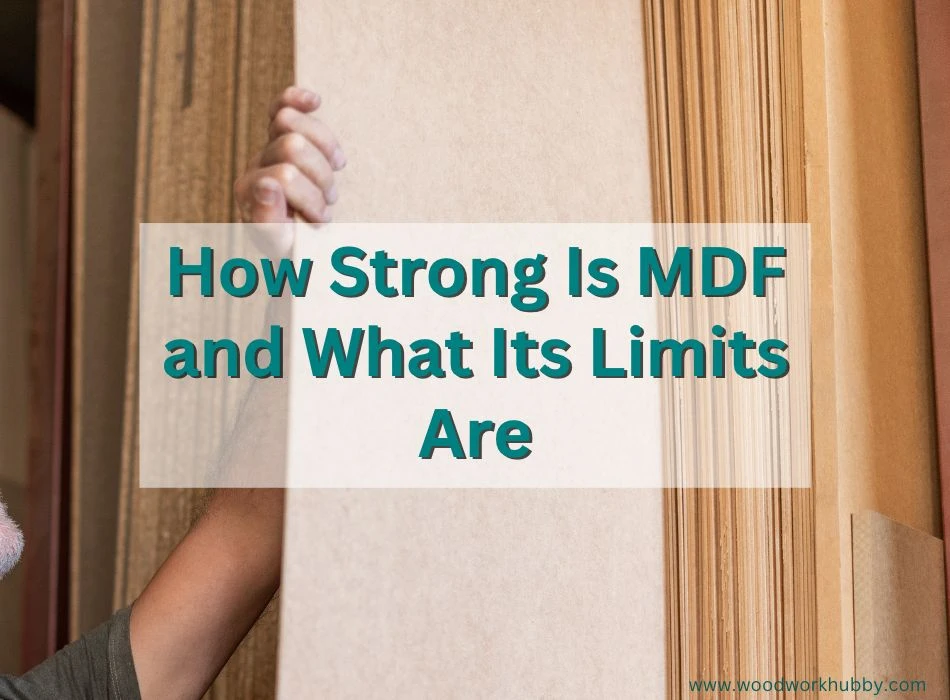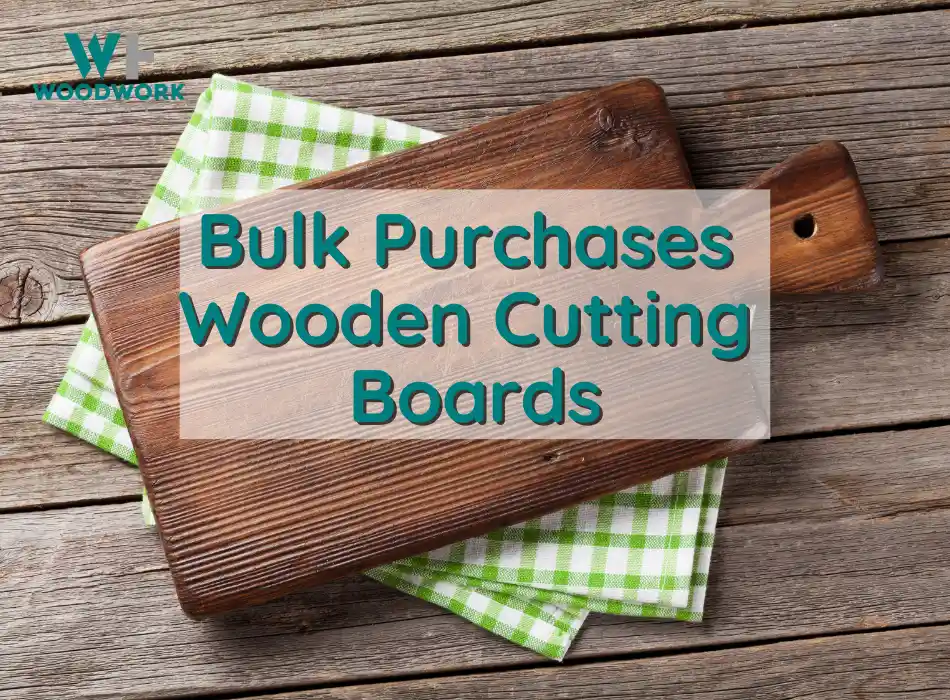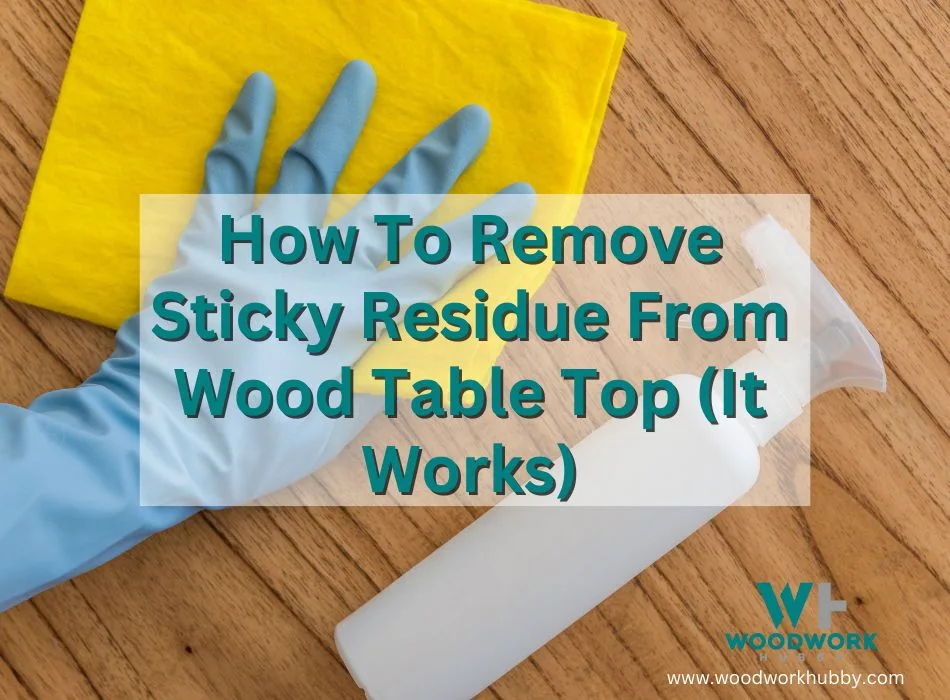MDF is a heavy wood board type that can pass for plywood to a novice. This fiberboard is practically used in most plywood and plywood-adjacent applications, including floating shelves. But MDF shelves are obviously not as strong as plywood ones. With a recent project I completed, I want to share my knowledge and my findings on how strong is MDF and what its limits are!
MDF is strong enough to carry 30 to 35 lbs (13.61–15.88 kg) of weight per square foot. However, it is limited by the wall it is pinned to and the anchoring process that supports it. That’s why most MDF shelves can barely carry 10 to 20 lbs (4.54–9.07 kg) of weight and eventually sag under their own weight.
In this article, we will go over MDF’s load-bearing capacity at different sizes. By the end, you will know how you can keep MDF from sagging and the most practical use of MDF for storage. But first, let’s look at how strong MDF is compared to other materials.
Be sure to check out my article: How Much Does MDF Weigh? Sheet Weights + custom calculator for you to use for free!
MDF Strength vs. Other Materials
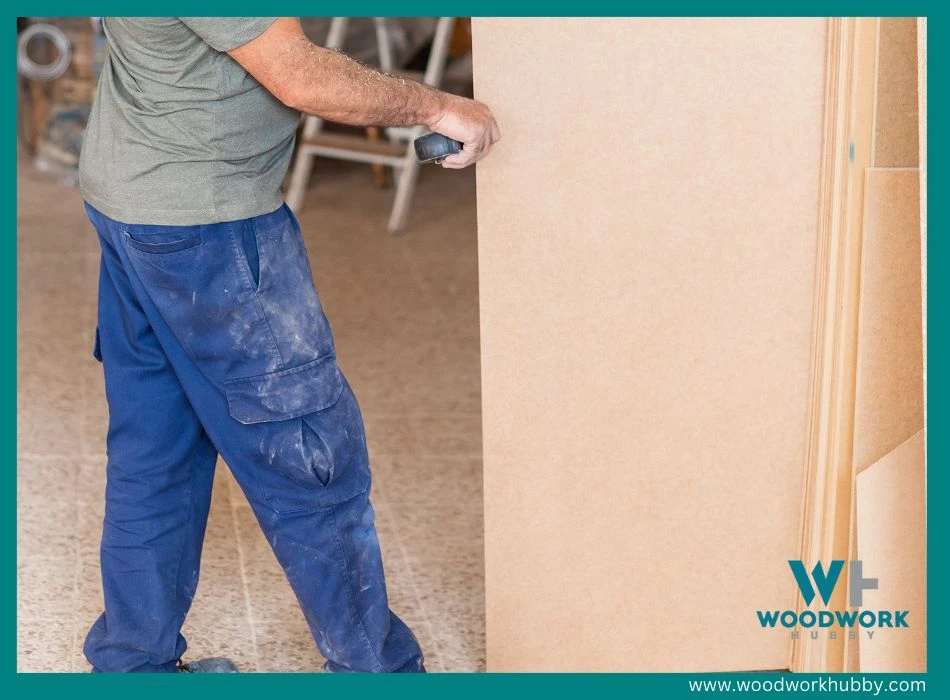
Before we get into MDF’s weight-carrying capacity and the nuances that reduce or increase its total manageable load, let’s look at how MDF practically fares against competing shelf materials.
| Material | Thickness | Load-Bearing Per Square Foot | Weight in kg |
|---|---|---|---|
| Plywood | 3/4″ | 170 lbs | 77.11 |
| MDF | 3/4″ | 35 lbs | 15.88 |
| Hardwood Panels | 1/2 | 40 lbs | 18.14 |
| Softwood Panels | 1/2 | 30 lbs | 13.61 |
How Much Weight Can MDF Take?
MDF can take 30 to 35 lbs per square foot (13.61–15.88 kg). This means that not just the breadth and width but also the depth of the MDF dictates how much weight it can hold. A typical MDF drawer slide holds up to 75 lbs (34.02 kg), while a shelf pinned against a sturdy enough wall can hold much more. However, the material that the MDF is attached to also matters. If the material cannot hold onto screws (like drywall), then even with little weight, the MDF can fall off.
The video shows Ply Vs MDF Vs P.Board | Jump Test
An MDF sheet is typically 4×8 feet (48×96 in), with half an inch of depth. This makes the sheet’s area 32 square feet (384 square inches), meaning it can technically hold up to 960 lbs (435.45 kg) before reaching its breaking point! So does that mean you can put almost 1000 lbs (453.59 kg) on a standard MDF board? Not really.
How strong are IKEA floating shelves? See my article to find out more.
The load-bearing capacity of MDF is severely limited by the material it is attached to. It is only when MDF is attached to a surface that it can bear 960 lb (435.45 kg) of weight. If it cannot, then the material will give out. More importantly, the screws should also be able to bear as much weight. Only when all of those are true, do you get to put an unbelievable amount of weight on MDF?
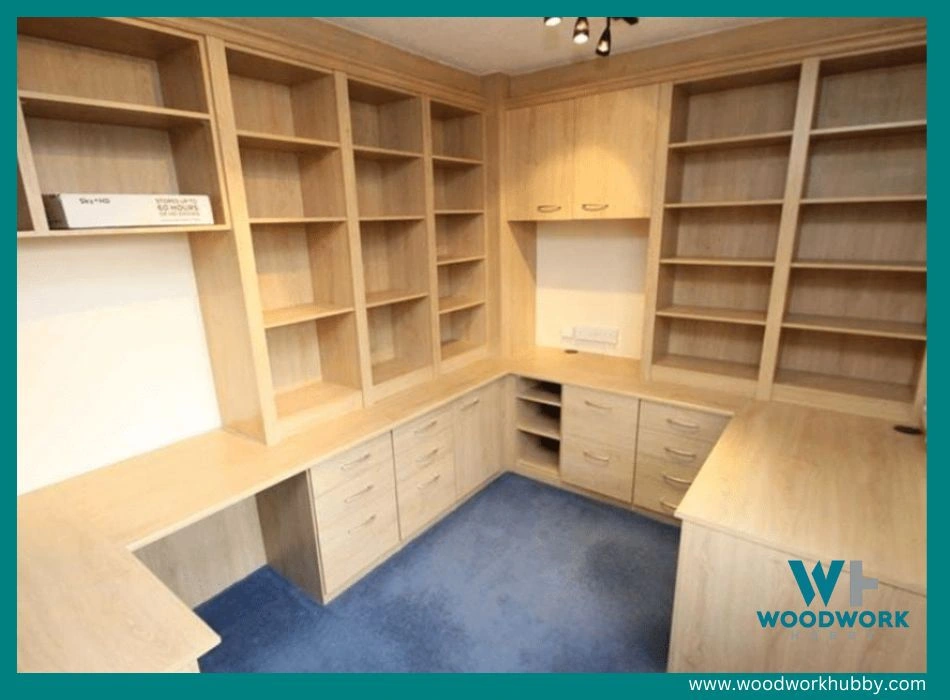
Practically, the weight one can put on MDF shelves is much lower. MDF should be fastened to material that can bear its weight alongside the weight on it. The strength and adhesion mechanisms need to be sturdy as well. With those conditions satisfied, the estimates below stand as valid.
| MDF Size | MDF Thickness | Weight it can hold | Weight in kg |
|---|---|---|---|
| 2×4 | 1/2 | 14.25 lbs | 6.46 |
| 4×8 | 1/2 | 232 lbs | 105.23 |
| 5×8 | 1/2 | 290 lbs | 131.54 |
| 12×12 | 1/2 | 1,044 lbs | 473.55 |
| 16×16 | 1/2 | 1,856 lbs | 841.87 |
How Much Weight Do MDF Shelves Hold?
An MDF shelf holds 25 to 29 lbs (11.34–13.15 kg) of weight per cubic inch. MDF starts sagging after it bears this amount of weight, mainly because of the adhesive mechanism or the structure it is fixed to.
While MDF boards can bear a large enough load, one cannot see such structural integrity in floating MDF shelves and other practical applications. For instance, MDF shelves can hold only 87 lbs (39.46 kg) of weight at a maximum and start sagging over a year.
MDF shelf weight capacities:
| MDF Shelf Measurement | Sample Product | Load-Bearing Capacity | Weight in (kg) |
|---|---|---|---|
| 9.5″ x 18″ x 1.5″ | Home Basics Oak Finish Floating Shelf | 10 lbs | 4.54 |
| 15” x 6.7” x 1.4” | Amanda Floating Shelves | 16 lbs | 7.26 |
| 36″ x 4.5″ x 2″ | MBYD Floating Shelves | 18 lbs | 8.16 |
| 16″ x 4.5″ x 1.8″ | MBYD 16-Inch MDF Shelf | 12 lbs | 5.44 |
If MDF has a predictable weight-carrying capacity per square foot, why do MDF shelves not have a predictable limit? And why are the limits on MDF floating shelves so much smaller than those of the MDF boards? The following factors contribute to the differences in MDF shelves’ load-bearing capacities:
| Factor | How it affects MDF load-bearing |
|---|---|
| Anchoring mechanism | This is the biggest limiter of MDF shelves’ carrying capacity. Despite a board having the ability to carry 100 lbs+ of weight, it can get limited to a 10-lb (4.54 kg)carrying capacity because the screws can start coming off with more weight. Shelf supports alongside wood glue and screws can help improve a shelf’s carrying capacity. |
| Quality of the MDF | MDF qualities vary. The typical weight capacity of MDF is 30 lbs to 35 lbs (13.61–15.88 kg). However, it isn’t abnormal to hear about MDF with 20 lbs (9.07 kg) of load-bearing ability per square foot. |
| The load distribution | MDF shelves start sagging because most of the weight placed on them gets concentrated in specific spots. Symmetrical load distribution can prevent sagging. |
| The stationary medium material | Whether a shelf rests on metal siding or is pinned against a wall, there is a stationary, unmoving material that holds it. That material’s ability, alongside the anchoring mechanism’s load-bearing ability, collectively decides the limit of the shelf. The lowest weight-bearing among the MDF board, the anchoring mechanism, and the material to which MDF is pinned decide how much weight goes on the MDF shelf. |
| MDF internal adhesion | You’ve read a few times now that MDF can carry 30 lbs (13.61 kg) per square foot. But that assumes perfect internal adhesion. MDF is made of wood fibers and adhesives that hold it together. With moisture, constant load, and other factors, MDF can start losing its internal adhesion. This reduces its overall load-bearing capacity. |
Don’t forget to read my article: Can You Cut MDF With a Jigsaw? Ultimate Guide!
How Far Can You Span MDF?
You can span MDF over a 29″ (736mm) length for a light load and 36″ (914mm) for micro-loads that play a decorative value. Generally, MDF shelves have the lowest sag if the span is kept to a minimum and the load over it even lower.
Even then, the MDF doesn’t become sag-proof. The best one can hope for from MDF shelves is that they stay straight over a longer period than they last. If the shelf starts sagging by the time it is supposed to be thrown away anyway, you don’t really lose much.
To keep brand-new shelves from sagging, you must understand why MDF sags over time.
Here is my expert opinion Can MDF Be Used Outside? From My 25-Yrs Experience With MDF!
Does MDF Sag Over Time?
MDF does sag over time, but only if it is under consistent pressure. Not all MDF projects, shelves, and cabinets are bound to sag. But because of a lack of awareness regarding MDF’s structural weaknesses, most MDF shelves are overburdened and sag in as little as six months. 18 to 38 months is the time it takes for slightly misused MDF boards to sag.
The sagging occurs for two reasons.
- The main reason is that MDF and screws don’t go very well together. MDF is trickier to mount or stick to other surfaces. Most people assume the plywood’s strength when installing MDF and are surprised to see it sag against its own weight. This is the cause of shelf sagging, where the MDF sheet stays straight, but the shelf starts to get lopsided.
- The second way MDF sags is towards its own center. That happens because the fibers in MDF are not end-to-end fibers but shorter ones. In a very humid environment, these fibers move against other fibers, giving MDF’s core a shearing effect.
The heavier a product is, the stronger the shearing effect it undergoes. As a result, the MDF board sags over time. While weight is the most obvious contributor to MDF’s sagging, it is far from being the only contributor.
The following factors all affect MDF’s sagging.
- The thickness of the MDF sheet – The thicker the MDF sheet, the less noticeable the initial movement of internal fibers is. Moreover, thicker MDF boards are stronger and don’t give in as easily. This results in low internal sagging. But when the same MDF is attached to a soft surface, it can start coming loose due to its own weight.
- The area of the MDF sheet – The area of the sheet directly affects its strength. Sheets that are too broad are easier to bend with weight than sheets that have a tighter surface area.
- How high the MDF sheet is – The higher a shelf is, the more gravity acts on it. Lower shelves don’t undergo the same force holding the same object as a high-positioned shelf.
- The weight on the MDF sheet – As mentioned earlier, the weight of the objects on an MDF sheet is the most obvious factor in its sagging.
- The duration of the weight on the MDF sheet – An object’s weight itself isn’t as much a cause of sagging as its continued load on the MDF sheet. The movement of MDF fibers doesn’t happen on first contact. But with continued load-bearing, the fibers shift.
- The underlying support (or its lack) – Finally, MDF doesn’t sag if you have a durable surface underneath. There has to be a gap for the fibers in the middle to move against the well-held sides. Using multiple adhesion methods, including glue and shelf support, can reduce MDF sagging.
I compiled for you the Best Dust Collector for MDF In 2022! Be sure to check it out!
How Do You Stop MDF From Sagging?
To stop MDF from sagging, you should understand its spanning limitations, have multiple anchoring mechanisms, and fix them against a material that can bear more weight than what you place on the MDF. There are three key components that collectively dictate the weight that can be placed on an MDF shelf.
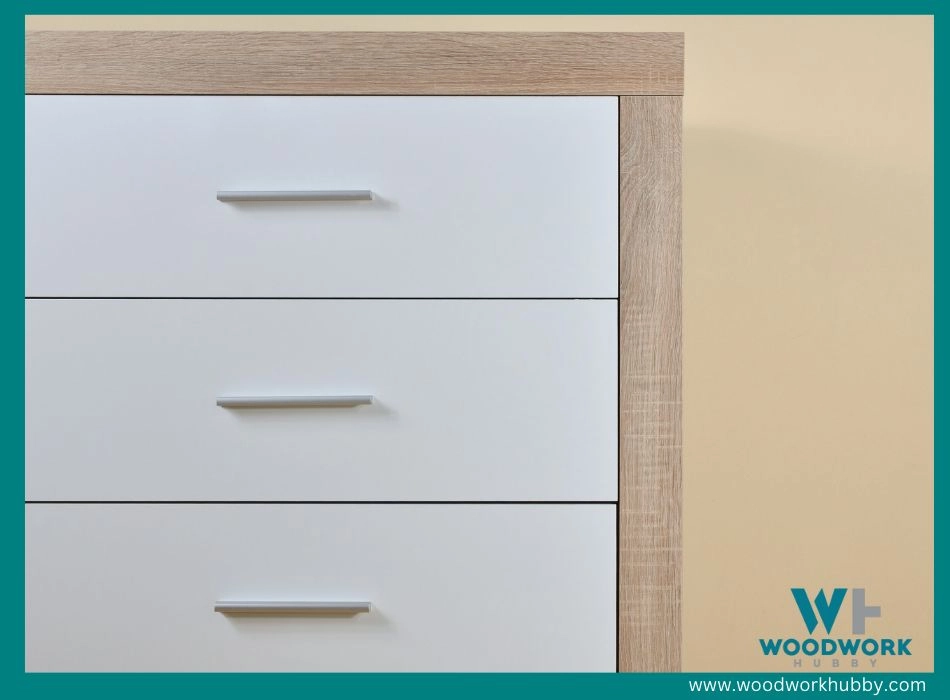
The MDF board’s load-bearing capacity, the anchoring mechanism’s load-bearing limit, and the fixed material’s load-bearing limit all factor into whether an MDF shelf stays straight or sags. The worst anchoring mechanism is a native screw, and the worst fixed material to attach an MDF shelf to is drywall. The weakest link among the three factors mentioned above dictates how much weight the MDF board can hold.
The best stationary mechanism for MDF to be fixed against is the ground because it cannot physically sag on the floor. Moreover, the ground can hold MDF’s weight alongside its maximum carrying capacity.
So when an MDF board has a theoretical maximum load-bearing capacity of 300 to 600 lbs (136.08–272.16 kg), remember that it can only happen when said board is flat on the ground and 300 to 600 lbs (136.08–272.16 kg) of weight is distributed across the board. An actual MDF shelf doesn’t have anywhere near the load-carrying capacity of the MDF board’s theoretical maximum.
How Much Weight Can an MDF Shelf Hold?
An MDF shelf can hold 10 lbs to 30 lbs on average (4.54-13.61 kg) and 79 lbs (35.83 kg) in larger non-floating varieties. The capacity of the shelf depends on its span, depth, anchoring mechanism, and the material it is fixed to. The quality of the MDF boards also factors into the load-bearing limit.
An average MDF shelf is weaker than its plywood equivalent. This is in part due to MDF’s internal structure. Over time, MDF starts losing internal adhesion. Its shear strength is not as high as wood boards that feature longer fibers.
Are you wondering if You Can Use Pocket Holes On MDF? Your Complete Guide is here!
How Far Can 3/4 MDF Span?
3/4 MDF can span 28 inches (2.33 ft) wide with delayed sagging and 24.5 inches (2.04 ft) wide with virtually no sagging, as long as the weight placed on it does not exceed 10 lbs/sqft (4.54 kg/sqft). The span maximum also assumes functional anchoring mechanisms and a durable wall. In the absence of either of these, the span must go down, or the shelf load must be reduced further.
How Strong Are MDF Shelves
The MDF shelves are strong enough to carry books, decor items, and picture frames. They don’t have the load-bearing capacity needed to be used as storage shelves because of the potential for sagging.
MDF shelves can be made stronger by fortifying their anchoring mechanisms and pinning them to material that can hold on to screws better. Alternatively, plywood panels of equal thickness can be used to produce a resilient shelf for more efficient storage.
One should always err on the side of underloading an MDF shelf instead of overloading it. MDF panels are generally prone to sagging under their own weight.
Is MDF Strong Enough for a Bench?
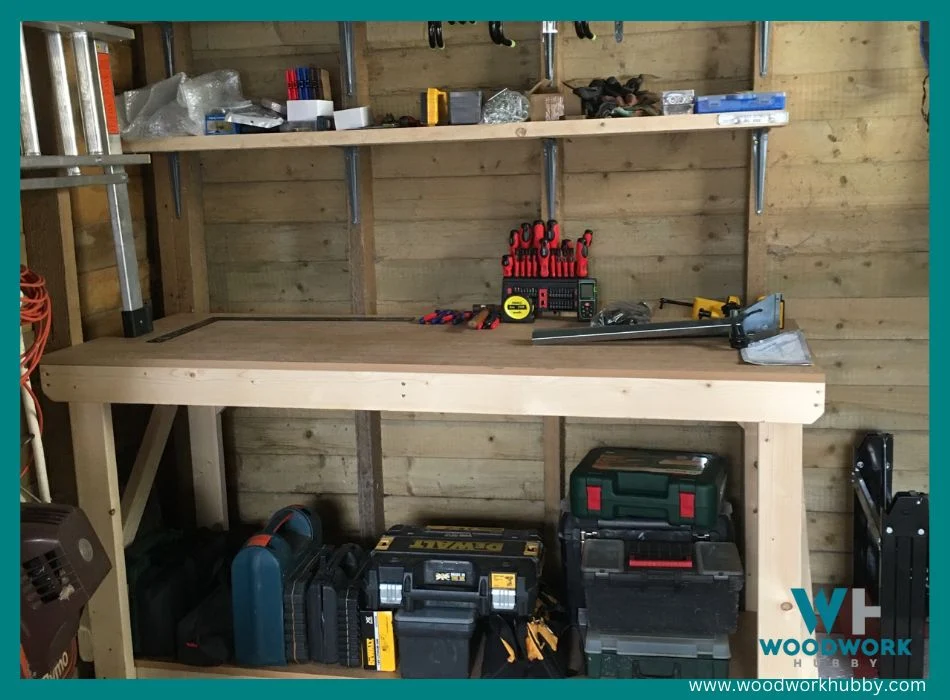
MDF is strong enough for a bench and, in fact, makes better bench lumber than it does for a shelf. This is because MDF’s load-bearing capacity is not limited to wall material, screw adhesion, etc. when it is grounded.
As mentioned earlier, MDF’s height affects how much it sags. And the firmest MDF can be, is on the ground. As long as MDF is spanned practically and has a strong foundation, it makes a durable and heavy bench.
You can also combine storage and seating by turning the project into an MDF storage bench. This is arguably a better use of MDF than an MDF shelf because shelves eventually sag under the board’s weight.
Final Thoughts- How Strong Is MDF and What Its Limits Are
MDF has a better load-bearing capacity than hardwood floors but makes for poor shelf material due to its inability to stay screwed onto walls. It is a heavy material that requires a robust anchoring mechanism and a sturdy wall.
Making a storage bench or ground-standing drawer chest out of MDF is better for practical storage. MDF floating shelves are better for lightweight decor items.

